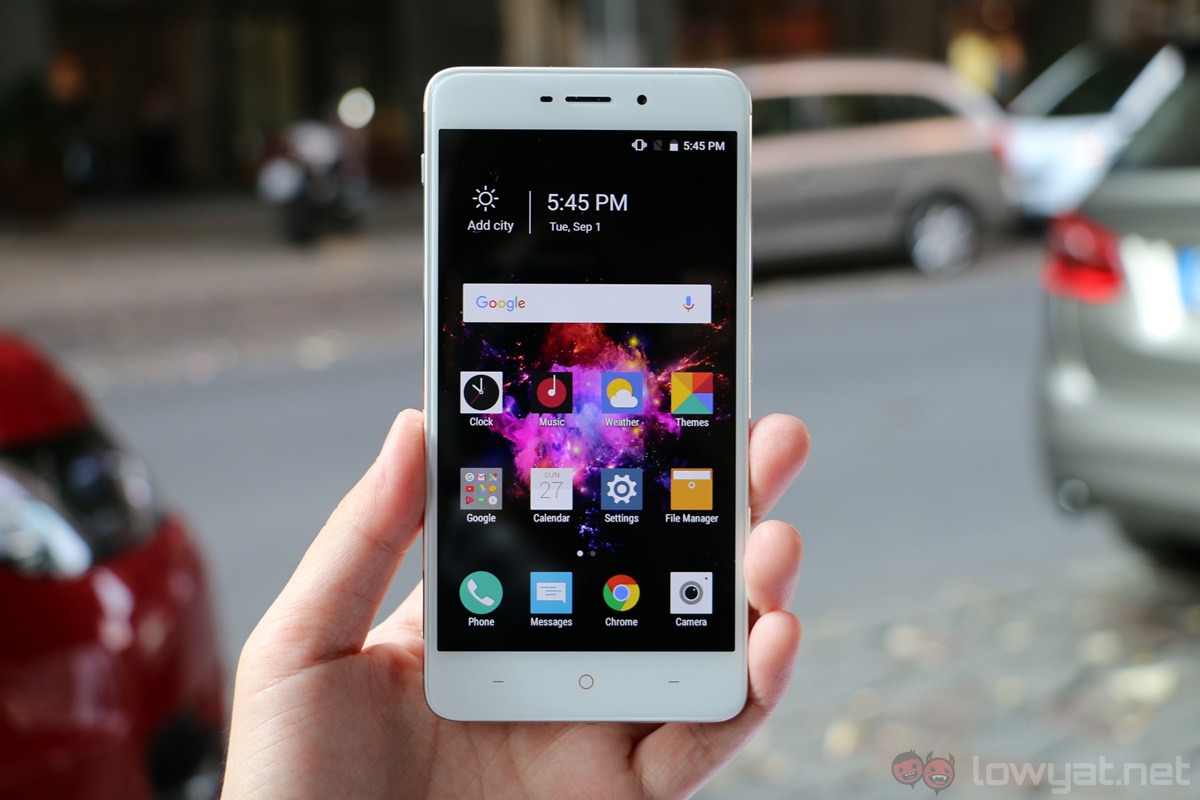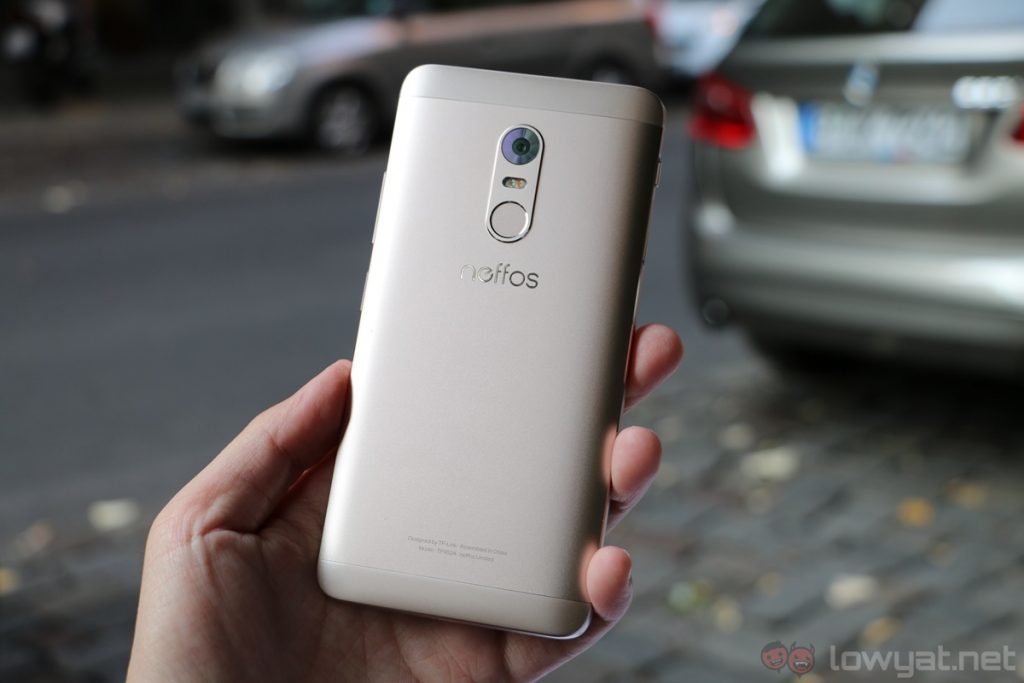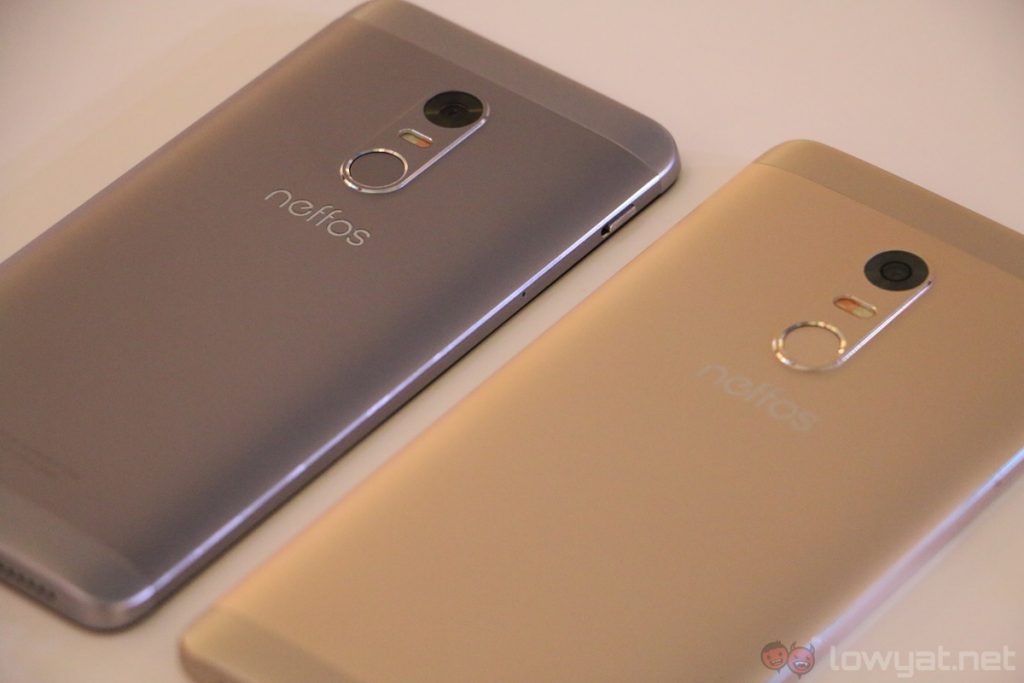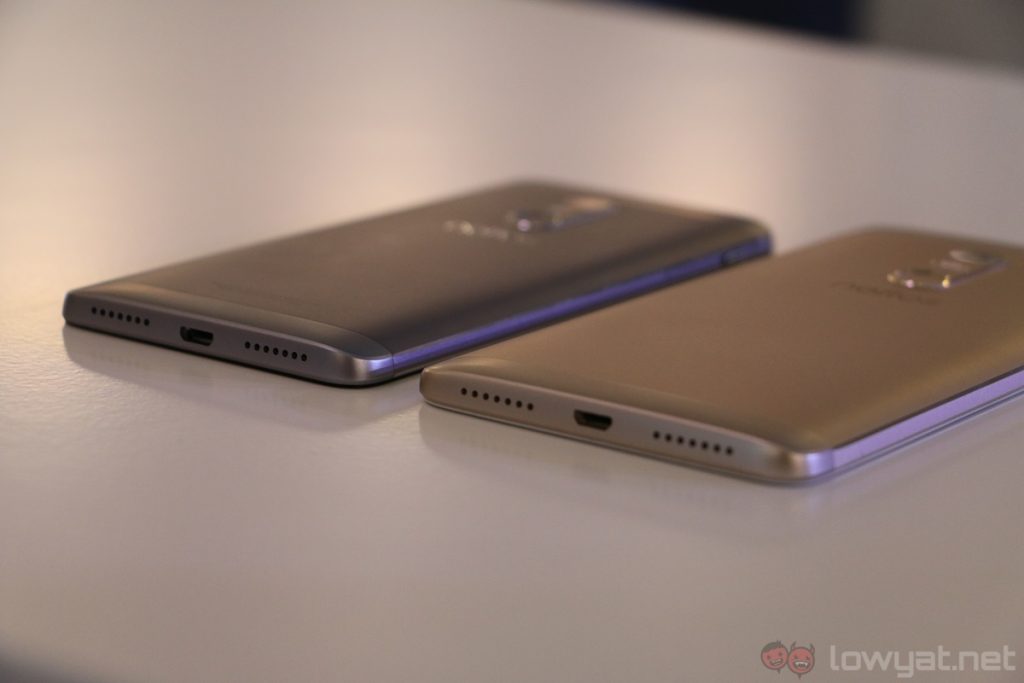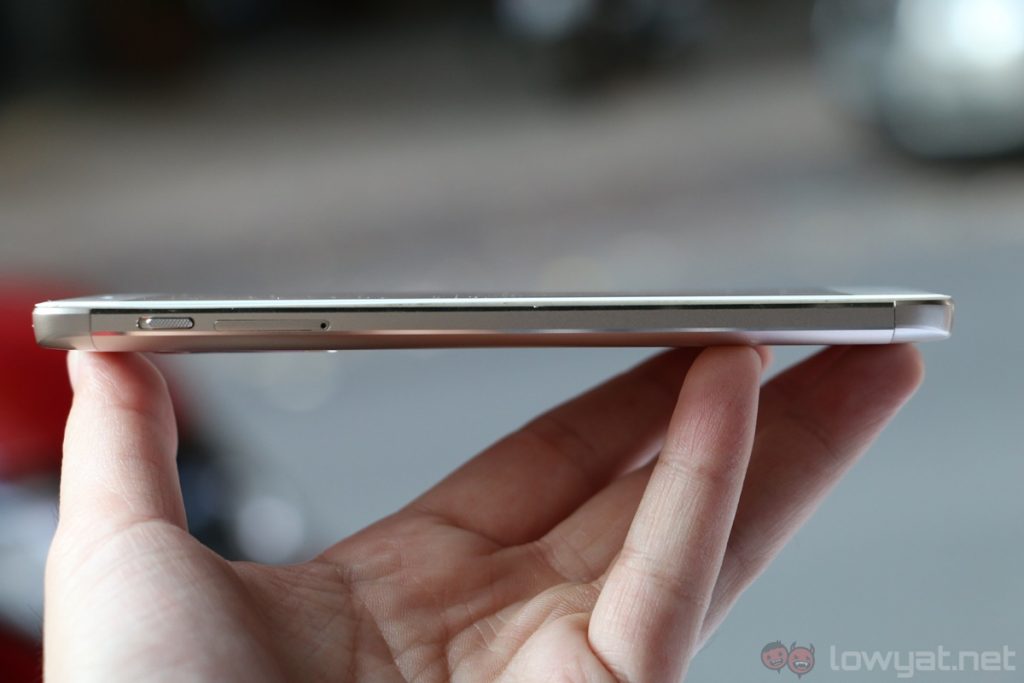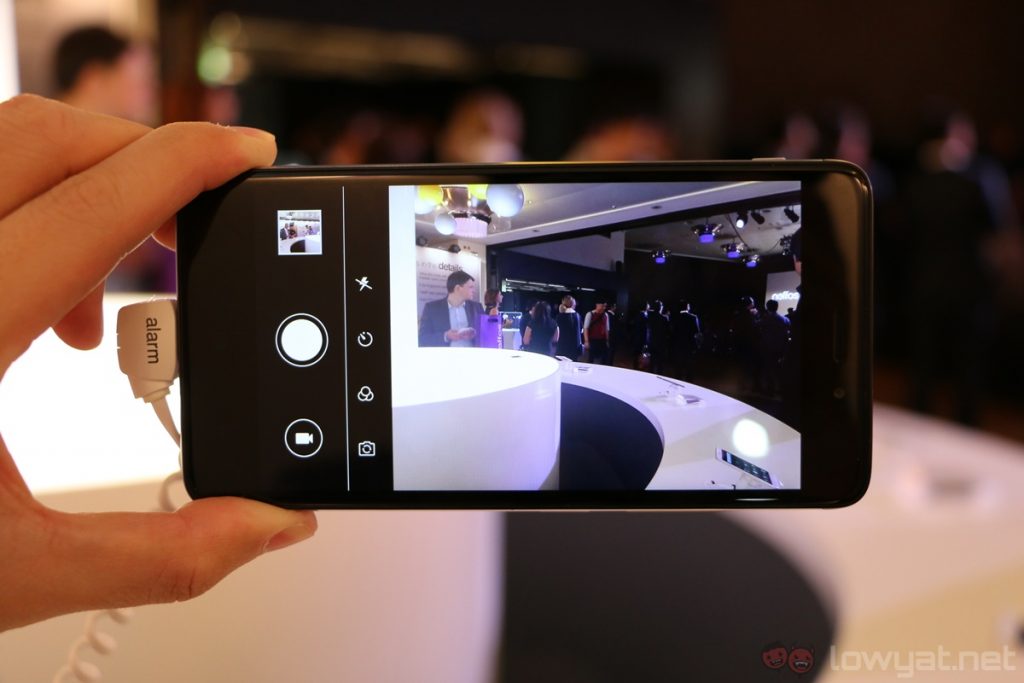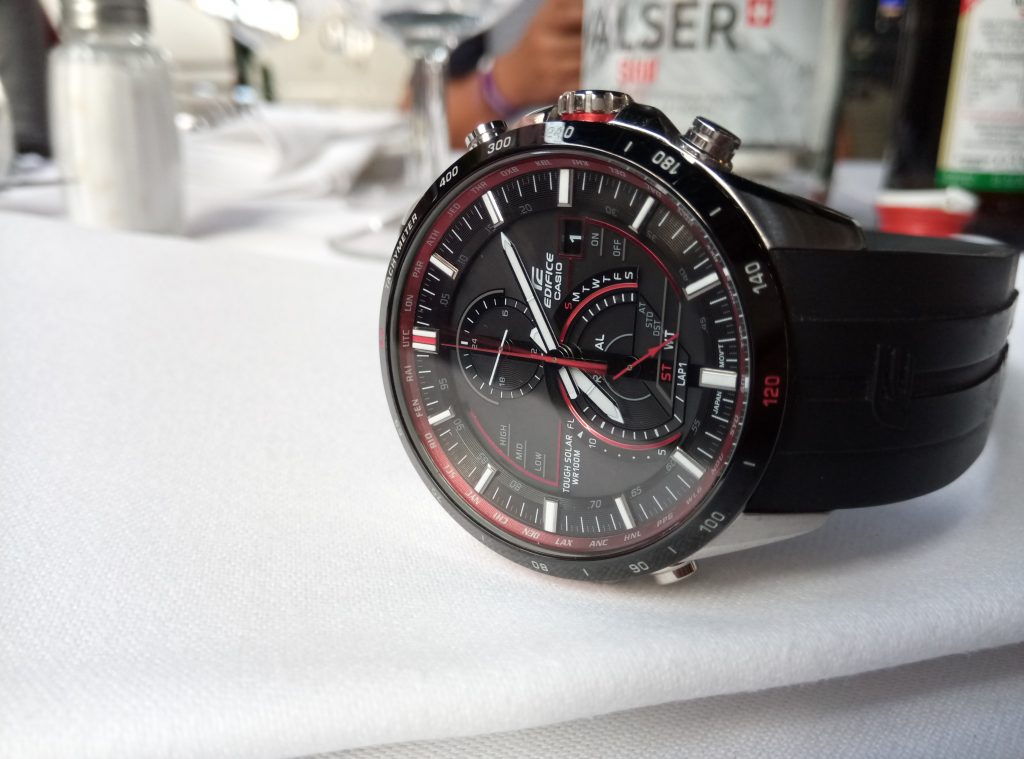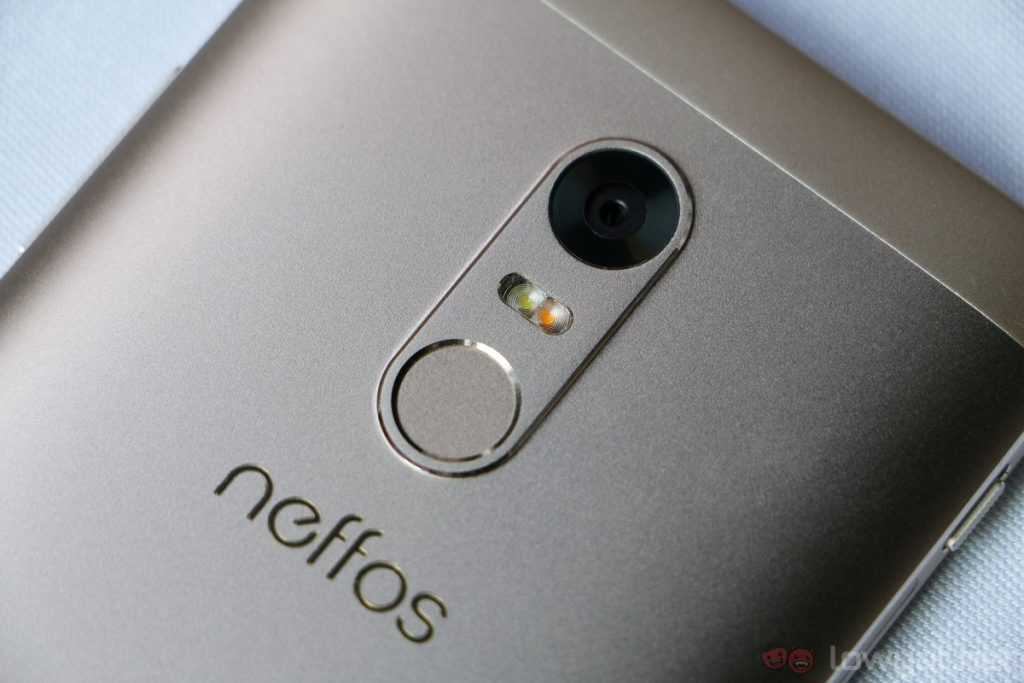TP-Link’s foray into the smartphone market earlier this year was interesting, to say the least; it’s not often a networking company like TP-Link expands its product offering in such a way. Although the company’s first few smartphones were budget-oriented, the new Neffos X1 has higher aspirations.
At first glance, the Neffos X1 looks like your everyday mid-range smartphone with a premium construction. However, with the right approach, the Neffos X1 may just be a compelling smartphone in its respective price range.
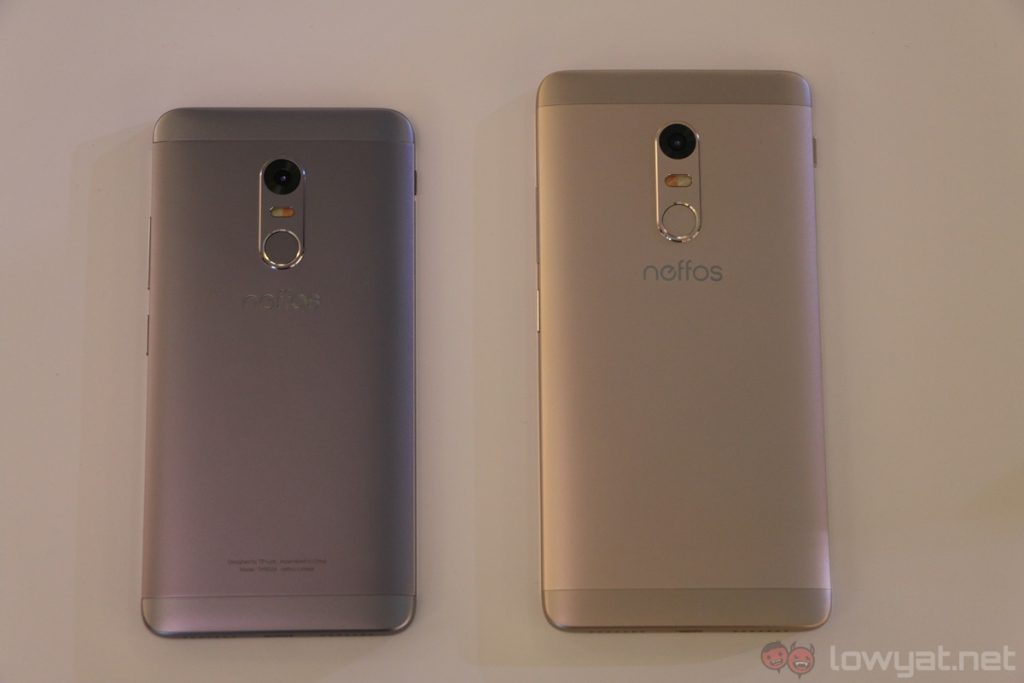 The Neffos X1 (left) and the Neffos X1 Max
The Neffos X1 (left) and the Neffos X1 Max
The Neffos X1 makes up one part of the Neffos X series of smartphones; the other device in the series is the bigger and higher-end X1 Max. Unfortunately, we only got to spend some time with the Neffos X1; there were no working units of the X1 Max for us to try out. Regardless, both the Neffos X1 and X1 Max are functionally the same, aside from some hardware differences such as display, storage capacity, as well as battery size.
First off, let’s outline the Neffos X1’s specifications: it has a MediaTek Helio P10 octa-core processor paired with either 2GB or 3GB of RAM, a 5-inch 720p IPS display, two choices of internal storage (16GB and 32GB), a microSD card slot, a 2,250mAh battery, as well as Android 6.0 Marshmallow out of the box – according to the company, Android 6.0 on the Neffos X1 has over 3,000 improvements, which is a rather interesting claim. The Neffos X1 also has a 13MP rear camera and a 5MP front-facing shooter.
These hardware are definitely decent for a mid-range smartphone. Coupled with the Neffos X1’s metal construction, this smartphone does give off a premium vibe. However, it goes without saying that the X1’s 2,250mAh battery is on the smaller side of things; this definitely raises a few concerns on the device’s overall battery life.
The Helio P10 processor powering the Neffos X1, on the other hand, isn’t the most powerful chipset found in mid-range smartphones either. Xiaomi’s Redmi Note 3, for one, has a more capable Qualcomm Snapdragon 650 processor. That being said, I didn’t notice any lag or performance hiccup in my short time with the Neffos X1.
Fingerprint sensors are no longer a feature that’s only found on high-end smartphones; practically any Android smartphone worth its salt has it nowadays. However, what differentiates one fingerprint sensor from another is how accurate and fast they are. In the Neffos X1’s case, its fingerprint sensor is definitely fast; it proved to be quite accurate when I was testing it as well.
Although the Neffos X1 only has a 720p display, it looks pretty good. Colours are punchy, and viewing angles are up to expectations as well. Of course, a 1080p display would arguably look sharper, but we’re talking about a 5-inch smartphone here; I would gladly go for a lower resolution display in favour of battery life for a display this size. Let’s not forget that the Neffos X1 only has a 2,250mAh battery.
Fortunately, I managed to shoot some outdoor images with the Neffos X1’s camera. Honestly, I was surprised by the camera’s performance; it definitely shows a lot of promise. Images are sharp, the autofocus is rather quick, and the colours are quite pleasant as well. However, the camera does have some difficulty getting proper exposure at times, but it’s worth noting that the Neffos X1 I tested isn’t running on finalised software yet.
Considering the fact that the Neffos X1 is TP-Link’s first attempt at offering a premium, mid-range smartphone, the X1 is really quite impressive: it feels solid, its fingerprint sensor is fast, and it has decent hardware for a mid-range device. However, there’s one very important factor that will determine its success locally: retail price.
The mid-range market is a very crowded segment, and it’s dominated by other highly capable smartphones like the Xiaomi Redmi Note 3; not many smartphones can compete with it in terms of price to performance ratio. For that very reason, the Neffos X1 has to be priced equally competitive.
Neffos smartphones in Malaysia are generally priced pretty competitively, but the Neffos X1 isn’t like the Neffos C series smartphones; it’s a more premium offering, which naturally demands a higher asking price. Hopefully, the Neffos X1, along with the Neffos X1 Max, will be priced competitively once it reaches our shores – it’s one of the most crucial aspects for a mid-range smartphone, especially here in Malaysia.
Follow us on Instagram, Facebook, Twitter or Telegram for more updates and breaking news.

